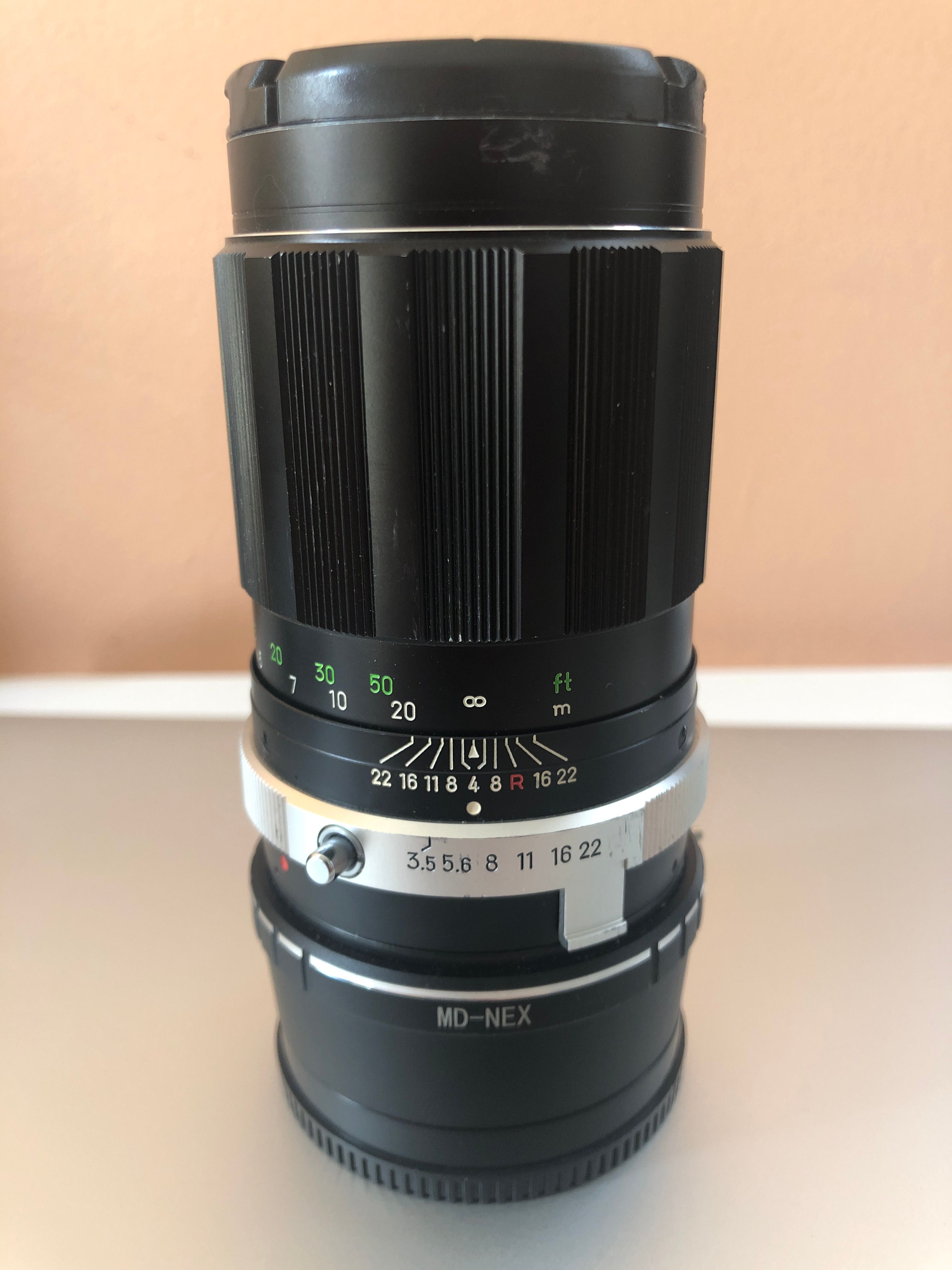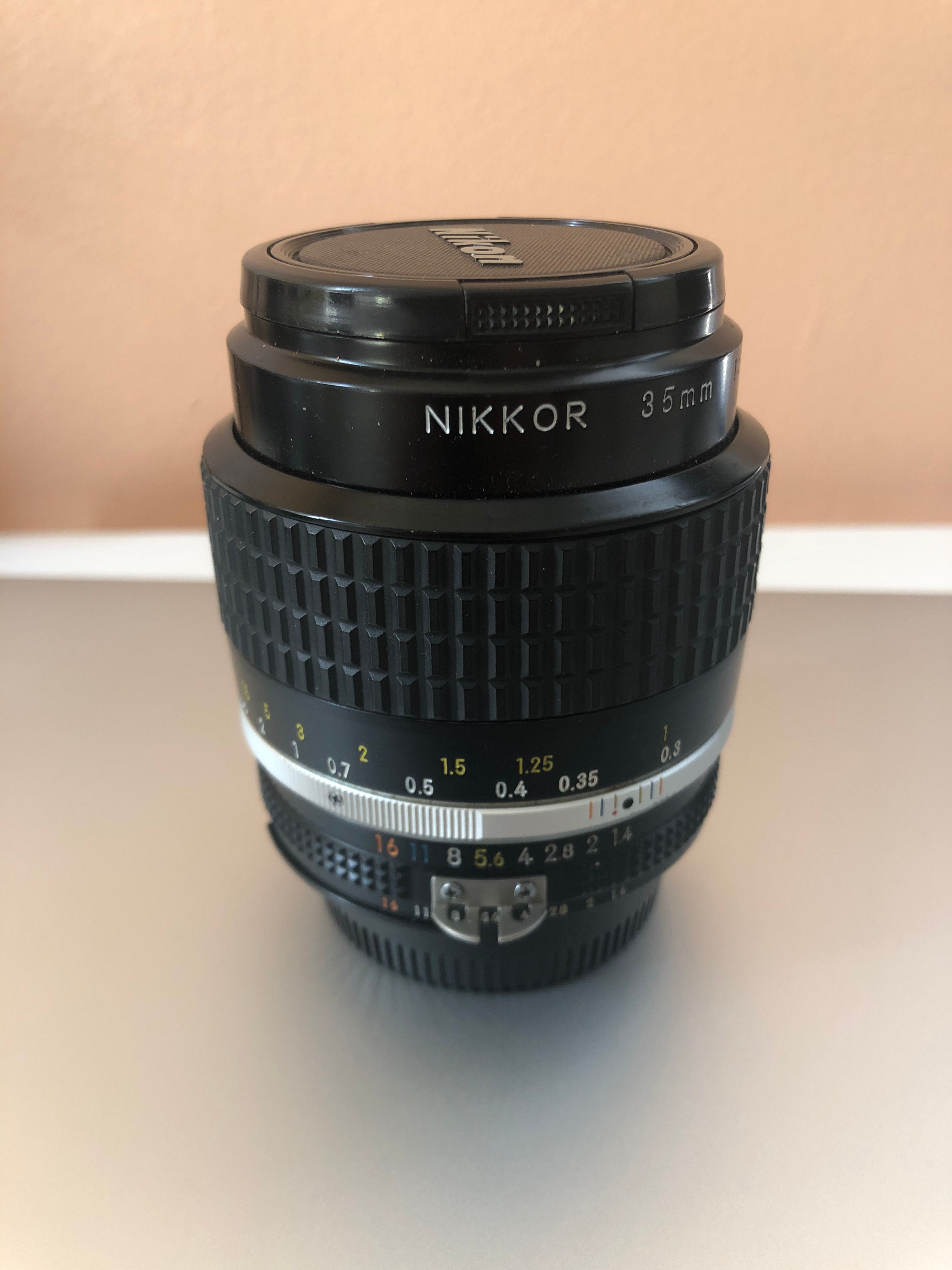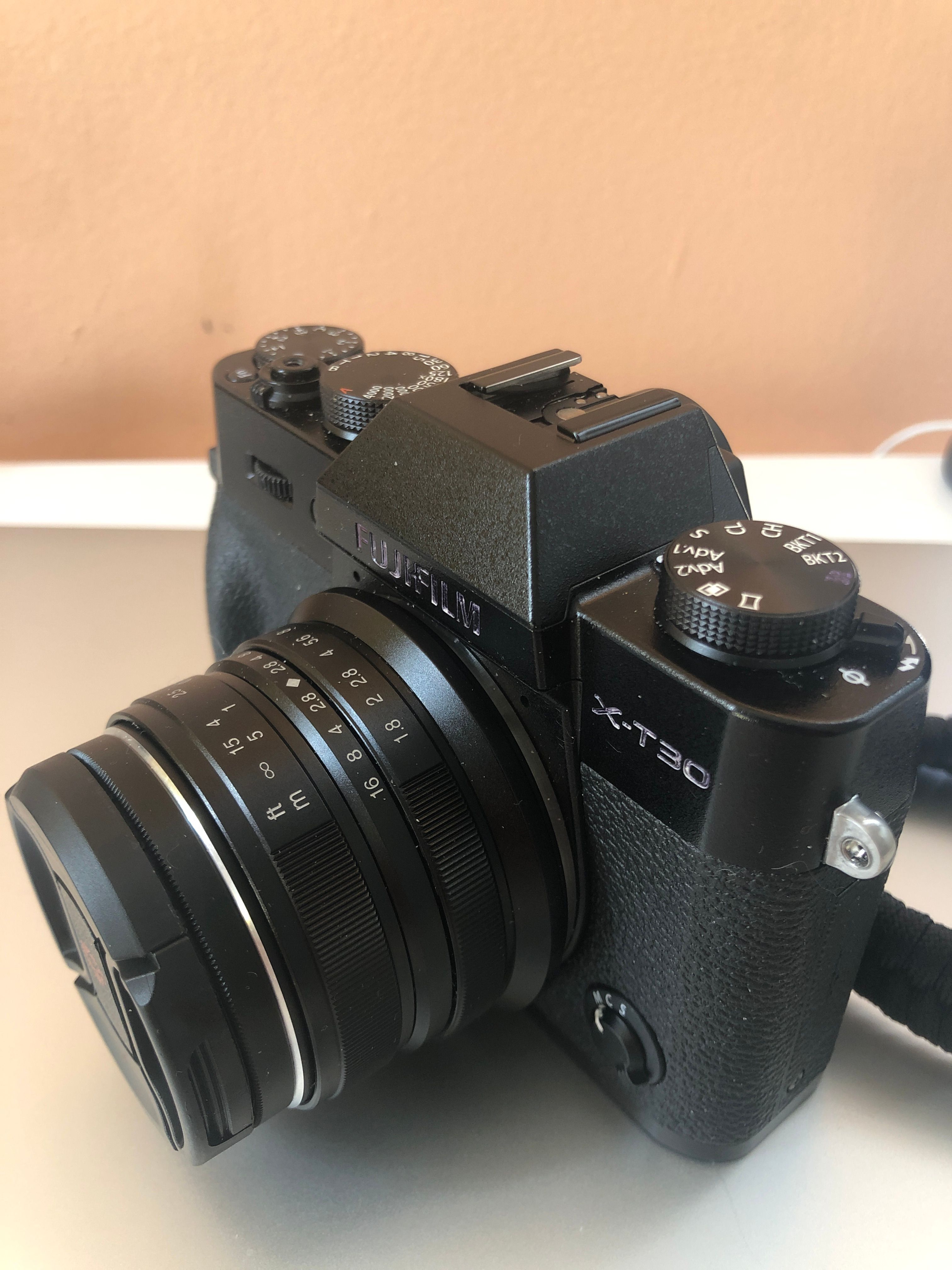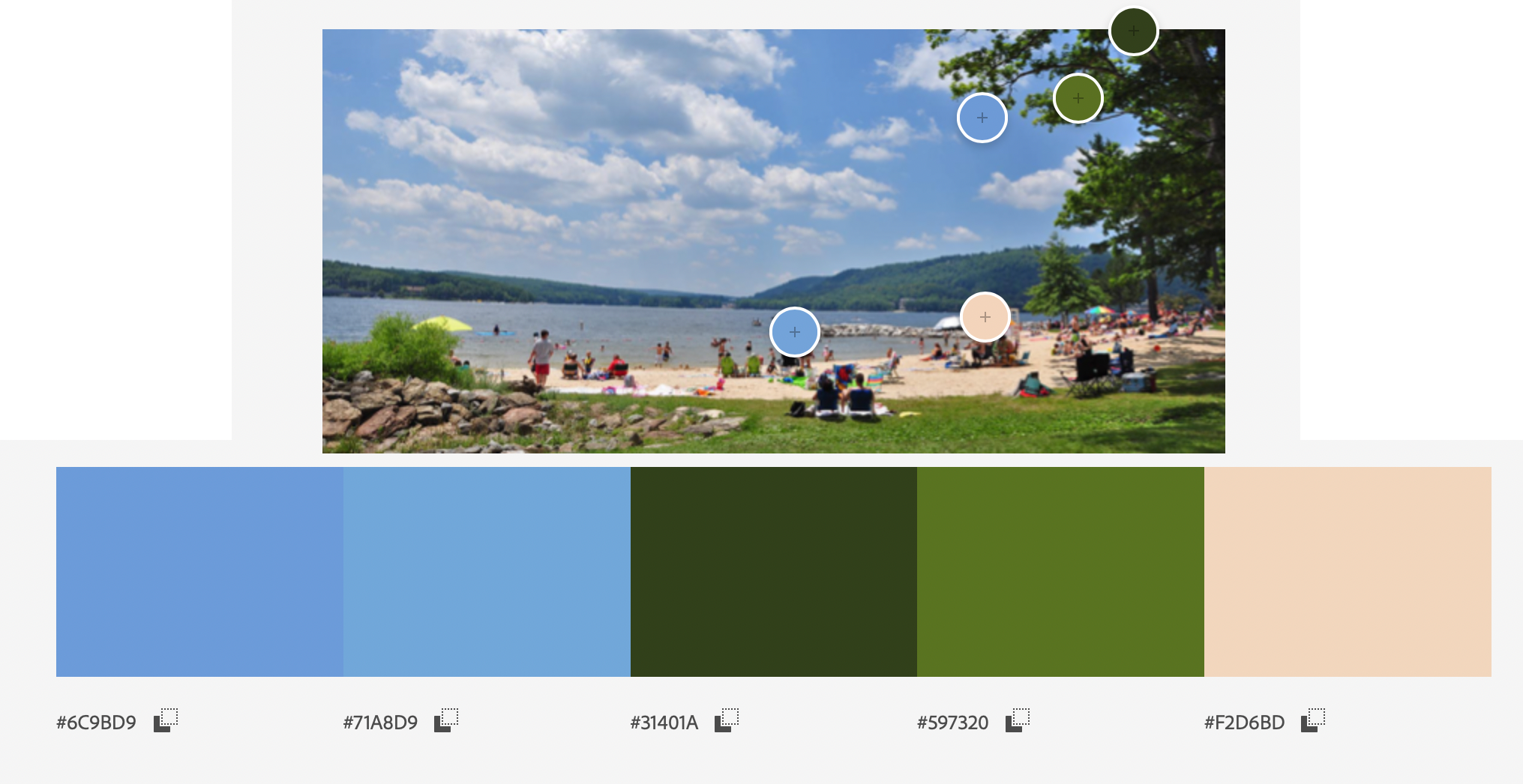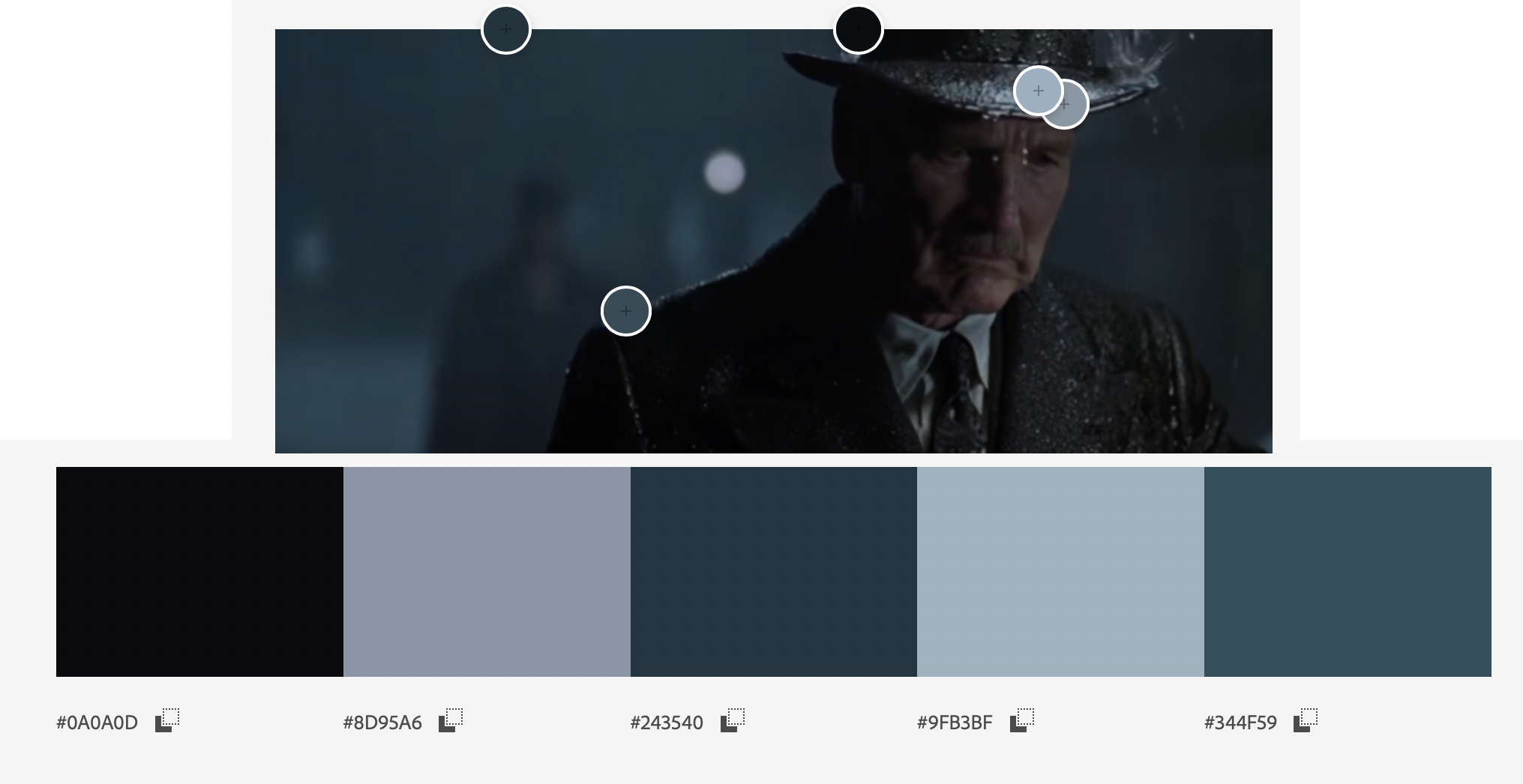Playing with Grandpa's Rear Elements. Also, Hipsters and jon's Sister.
-
So, the hipsters are right: Film photography has more character than digital. It just does. Grandad's old film scrapbooks will always look 65 to 74% more baller than your crapass insta posts, for three reasons:
- Grain vs. Noise
- Color science
- Lens science
Can't do very much about #1, unfortunately. Digital noise looks like asscrack sand after a long day at the beach, whereas film grain texture is as full-bodied and delicious as [insert your favorite part of jon's sister's anatomy here]. Digital cameras need to take the War Games approach here: the only way to win is not to play. Fortunately, in-body image stabilization has come such a long way that if your shots are still noisy, it means you didn't read the manual.
#2 is what trips everyone up. The problem with digital color science is that it's too good. What do people mean when they say, "oh man, your photos look so cinematic!"? What they're catching on to is that movies—especially modern movies—are shot with such lighting and color grading OCD that Howard Hughes himself would consider it too anal-retentive. Everything's deliberate, and also very limited.
Here's a random still from Road to Perdition. Fun fact: you can perform this exercise with any still from the movie and get similar results:
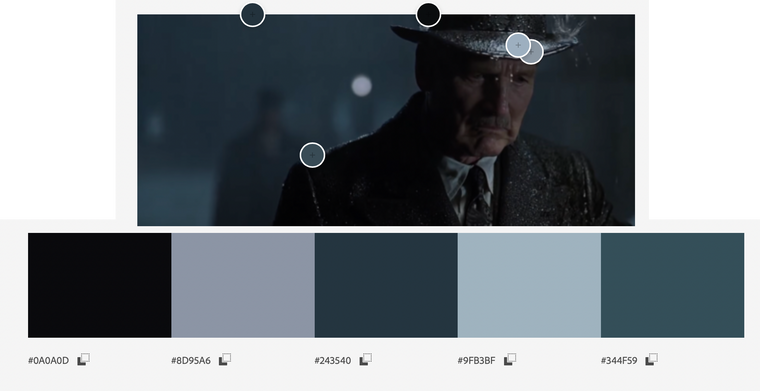
Isn't that a nice color palette? Now here's a shitty vacation photo I found on some rental property website from my hometown:
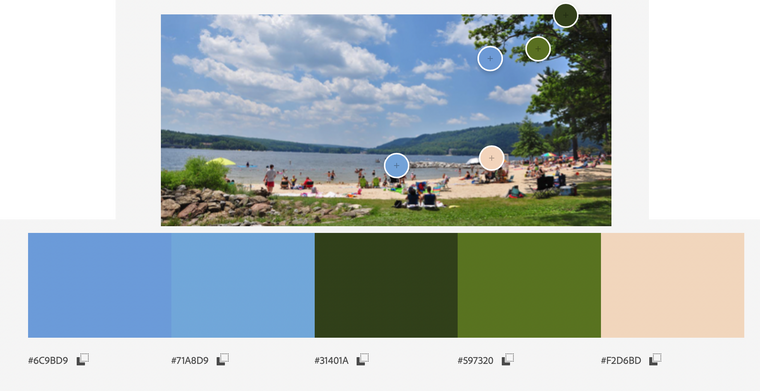
Who farted, right? Those look like swatches pulled from Tonka truck packaging. They didn't limit the color palette, everything's rendered as-is. So, the photo is accurate but not at all pleasing to the eye.
Film has that "filmic look" precisely because different stocks chemically limit the color palette. What the hipsters know is that film does the heavy lifting for you, and if you know how to pair the lighting characteristics of an environment to a specific film stock, you're going to get some photos that even Christopher Nolan would shit his pants over.
You can still achieve the same effect with digital photos, but you've got to know your editing software and, more importantly, your color theory. I'm working on this, but it's a long road. Like my most recent Easy Cheese bender, there's just a ton of shit to unpack and it takes awhile.
As for #3, modern lenses are just too good. They're ridiculously sharp. So sharp they often produce stale images.
Here's a photo of my home area some jackass took during the winter.
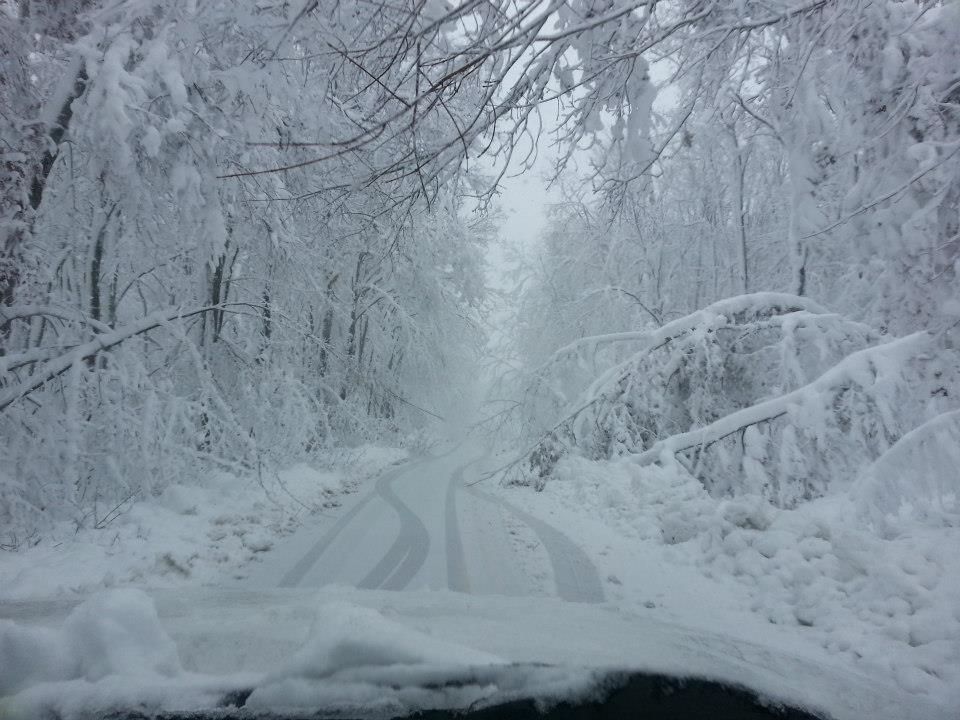
Here's a photo Todd Hido took:
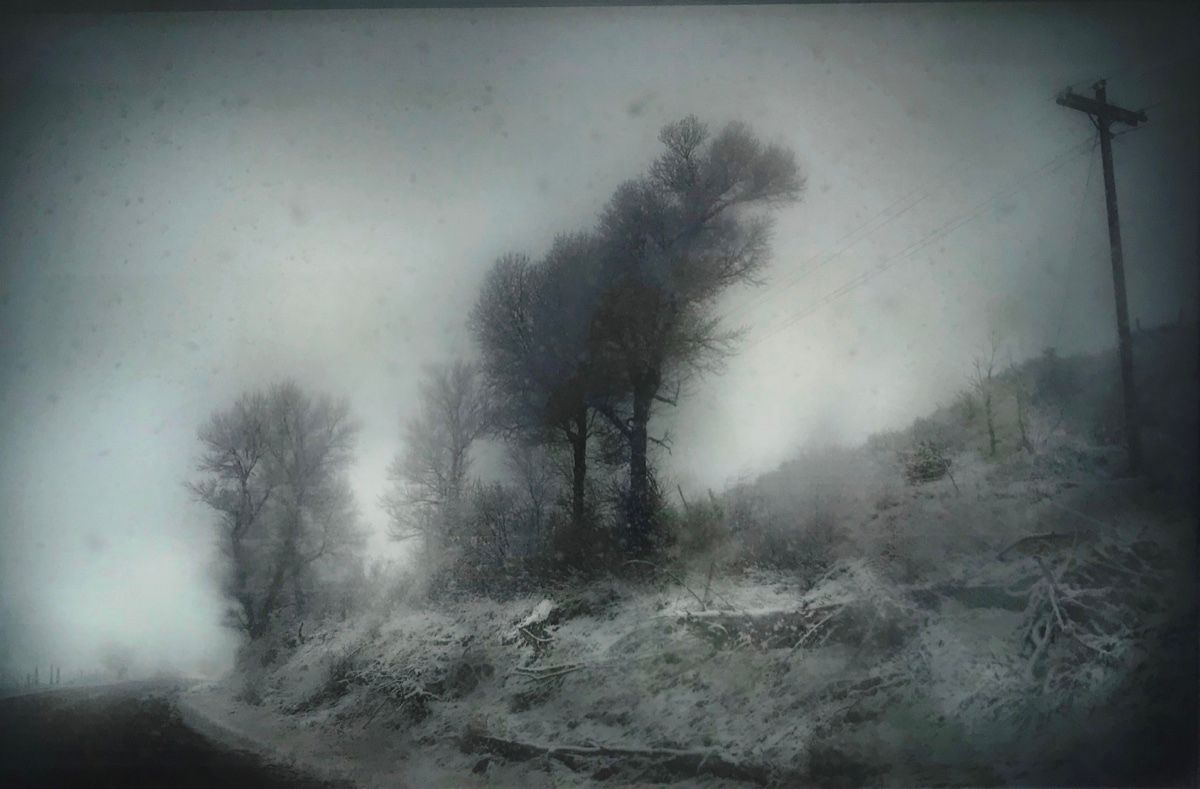
Hido's is a far better photo, even though the "image quality" is craptastic. But that's the point: he used the foggy window of his car to advantage, and the effect was deliberate. It doesn't mean you should go around smearing vaseline on your lenses, wearing dork-ass skinny jeans and calling yourself a "visual artist," it just means that imperfect lenses can have character to them that might enhance what you're trying to communicate. Sharper isn't always better.
I've been screwing around with this myself over the past few months, using the shittiest lens money could possibly buy:
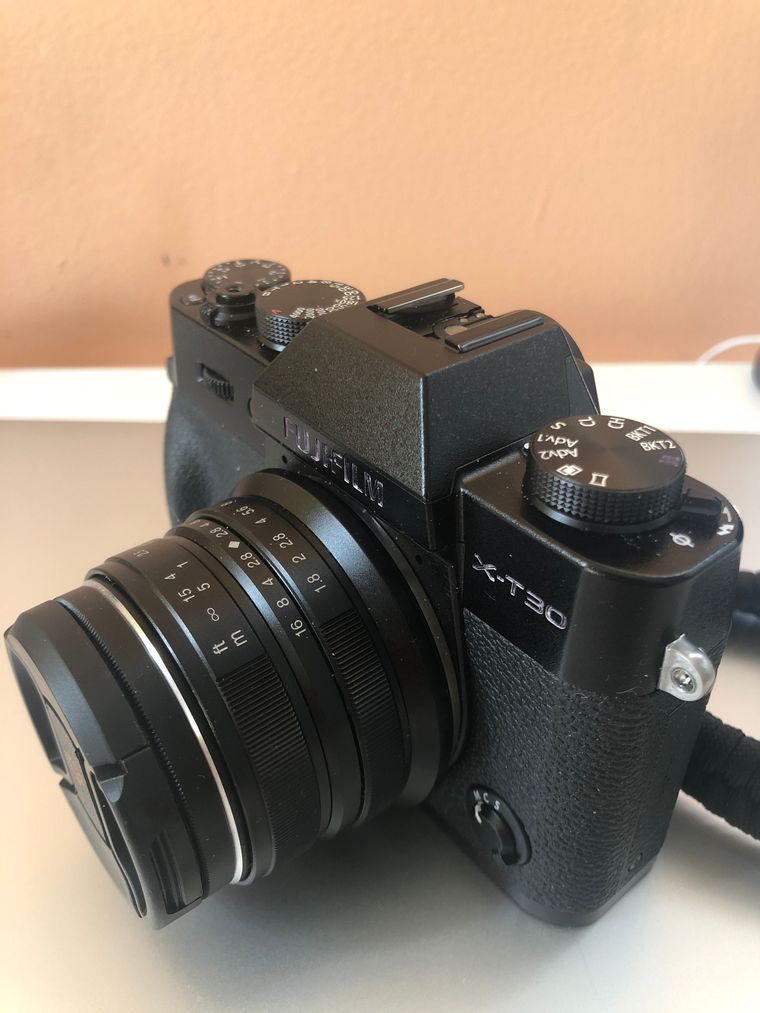
What've found so far is that the "qualities" of the lens (purple fringing, chromatic aberration, unintentional vignetting and soft corners out of every possible yang and orifice generally) work very well with a diffusion filter. Much better than some proper lenses, which, when used with such a filter, just look like I mucked up a photo by accident because I can't Photoshop worth a fuck.
The nice thing about mirrorless cameras is that due to their shortened distance from the sensor to the optical center of a lens, you can get adapters to use old manual lenses from your grandpa's basement. This one belongs to my FIL, which I'm also messing around with. If you know the mysterie of zone focusing, you don't even miss the lack of autofocus.
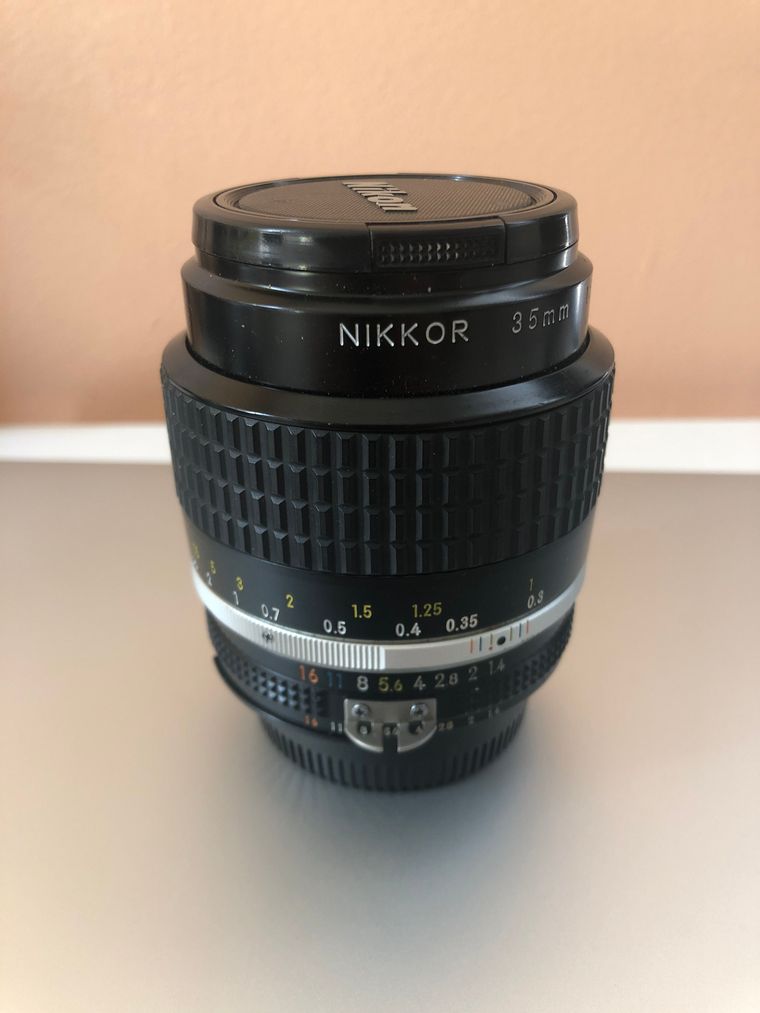
Here's a shitass Minolta telephoto I have, too, with the adapter already attached at the bottom.
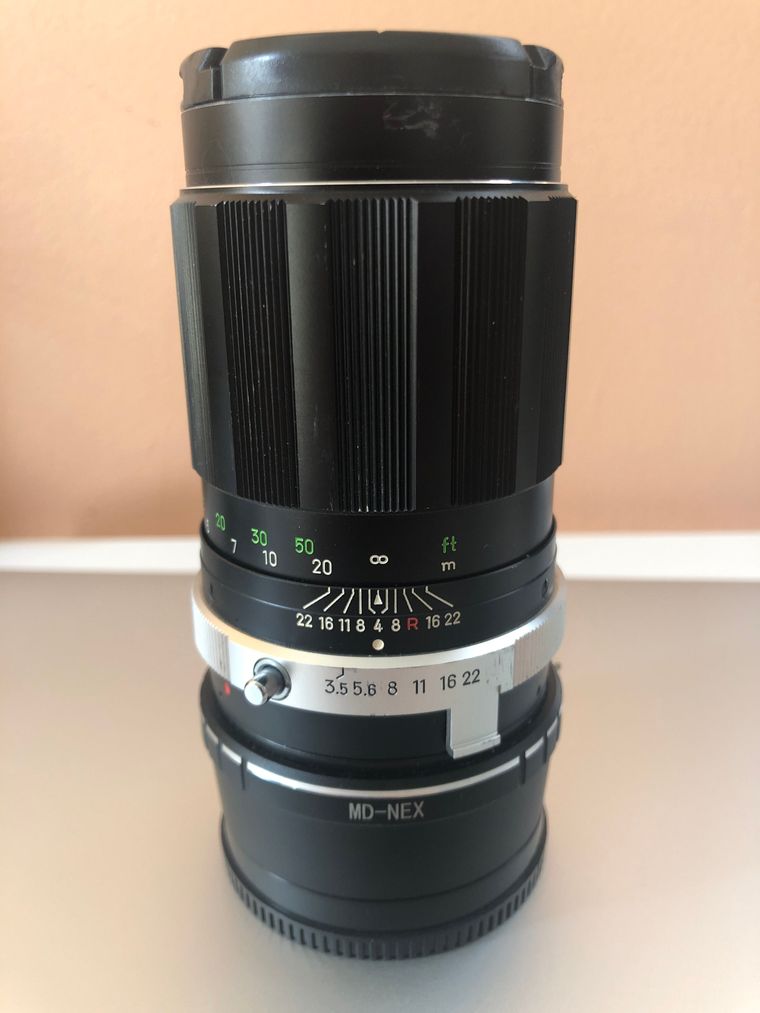
I bought a Soviet-era Helios that I'm also experimenting with, but so far it не дает результатов.
-
Nice! I also used to have quite a few old Minolta Rokkor, Canon FD etc. lenses and used them with adapters on a Sony NEX. It's a nice way to take photos - it "feels" different- , but eventually I gave up on it. For instance, too many missed shots due to manual focusing. If the subject moves, forget about it. Also, modern lenses are just so much better, and it's much easier to make a photo "worse" in post processing than the other way around. Also, while I'm happy with a prime lens in the <50mm range, I really want a zoom tele lens. Main exception is portraits. I had an amazing old Canon FD 85mm/f1.2 lens for that purpose.
I agree with your comments about color range, sharpness etc., but I think it's not that hard to make such changes digitally as needed. For instance, it's a single click to get the colors of a particular analog film.
-
For instance, too many missed shots due to manual focusing. If the subject moves, forget about it.
Zone focusing is your friend. But if in low light or you want to shoot wide open and your subject is moving, yeah, use a modern lens.
it's much easier to make a photo "worse" in post processing than the other way around.
but I think it's not that hard to make such changes digitally as needed. For instance, it's a single click to get the colors of a particular analog film.
You'll get the look, but not a better photo. There are many ways to get the How, and they're all easy. Whys take longer. Emulating Portra 400 takes seconds but you'll not know when you should or shouldn't until you spend an assload of time trying to learn the stock. Good photography takes time, which presets and Photoshop don't help you with.
-
For instance, too many missed shots due to manual focusing. If the subject moves, forget about it.
Zone focusing is your friend. But if in low light or you want to shoot wide open and your subject is moving, yeah, use a modern lens.
it's much easier to make a photo "worse" in post processing than the other way around.
but I think it's not that hard to make such changes digitally as needed. For instance, it's a single click to get the colors of a particular analog film.
You'll get the look, but not a better photo. There are many ways to get the How, and they're all easy. Whys take longer. Emulating Portra 400 takes seconds but you'll not know when you should or shouldn't until you spend an assload of time trying to learn the stock. Good photography takes time, which presets and Photoshop don't help you with.
@aqua-letifer Nice and interesting post.
I will have to reread more to digest
